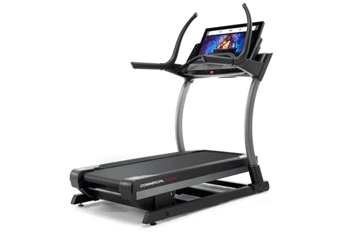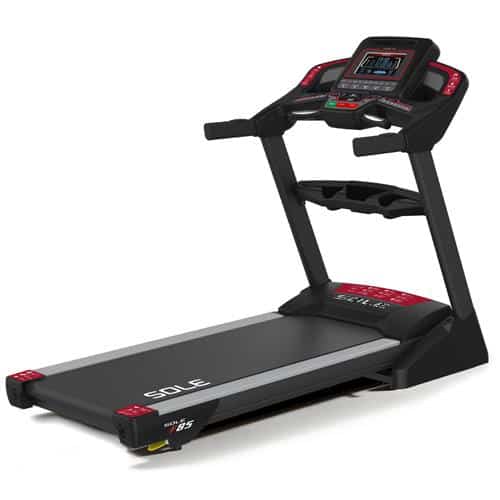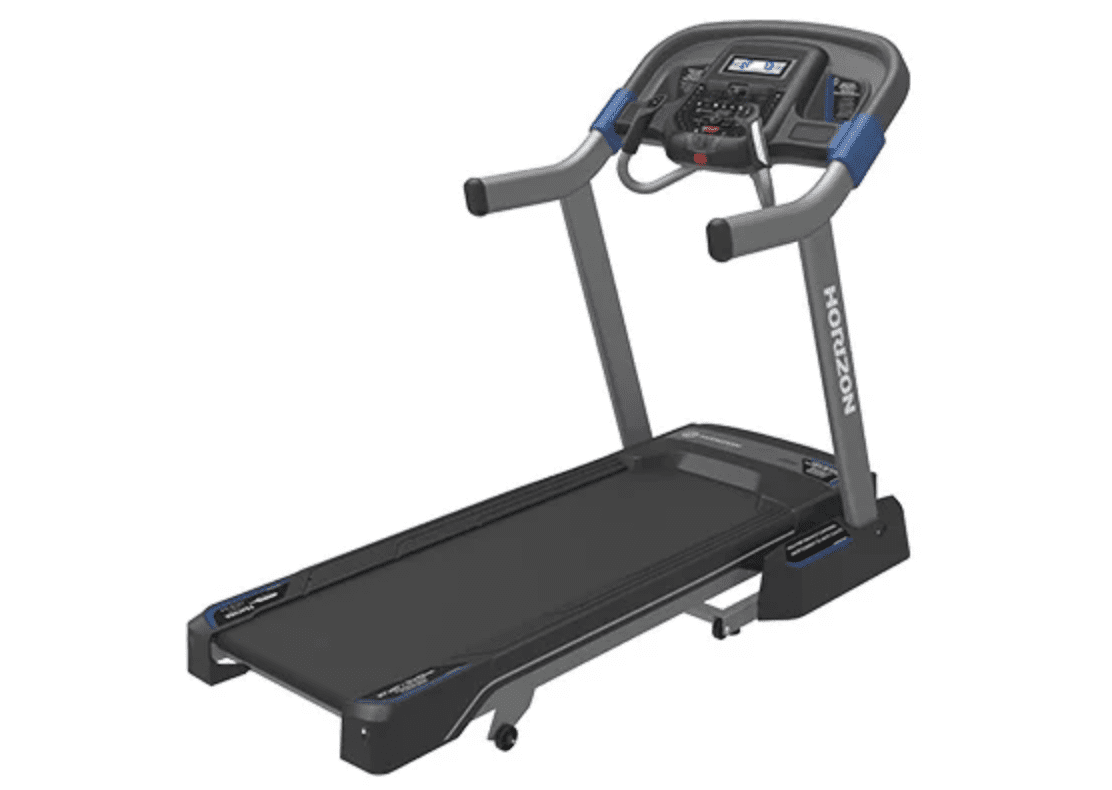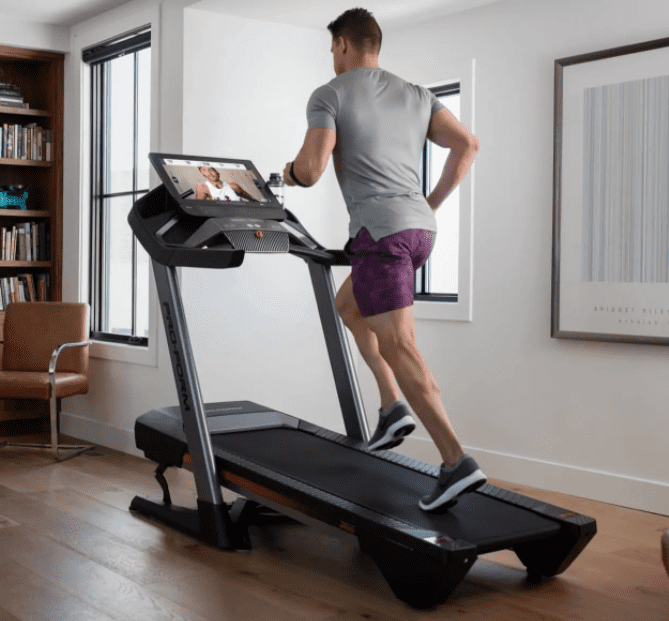Table of Contents
Why You Should Get Moving After Dinner

Before there were endless options for entertainment calling your name every evening, it was common practice to go for a walk after dinner. In fact, many cultures around the world still do!
While normal evening activities may have changed, the proven health benefits of an after-dinner stroll are something that you can still take advantage of.
Walking and Type 2 Diabetes
A study published in Diabetologia showed that just 10 minutes of walking after a meal helps control blood sugar in people with type-2 diabetes.
The study included 41 adults with type-2 diabetes. Each participant was given instructions to follow for two weeks. One group performed a single 30 minute walk per day, regardless of eating habits or timing. The other group walked for 10 minutes after each of their three main meals.
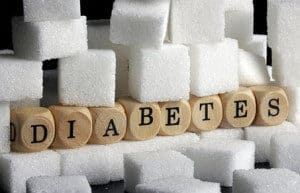
Another study, co-authored by Loretta DiPietro at the George Washington University’s Milken Institute School of Public Health, showed that 15 minutes of walking after a meal helped regulated blood sugar in older adults that were at risk for type-2 diabetes.
How and Why Does This Work?
To understand why walking after meals has the effect that it does, we need to look at what our bodies do when we eat.
When you eat, your body converts food into sugar, primarily glucose. This is very important because glucose is one of your body’s primary sources of energy. At the same time, your body produces insulin, which helps transport the glucose to your cells where it is either used or stored.
When your body doesn’t produce enough insulin, like in people with diabetes, the glucose remains in the blood which causes high blood sugar.
This isn’t only important for people with type-2 diabetes either. As DiPietro points out, “insulin secretion in response to a meal tends to wane later in the day, and this is especially so in older people.”
So now that we know why high blood sugar happens and when it’s most likely, let’s take a look at why walking is the solution.
When you walk you are using your muscles, which requires energy. That energy comes directly from the glucose in your blood and cells. When your muscles are using the glucose to keep you moving, they are decreasing the amount in your body and lowering your blood sugar.
Why It’s Good For Everyone
You may be wondering why you should bother with a post-dinner walk if you don’t have diabetes or high blood sugar. There are other benefits that you can take advantage of as well.

Avoid that “uncomfortable full” feeling – We’ve all been there. You are rushed and don’t feel full yet, so you eat another serving…only to realize later that it was a terrible idea.
Your body doesn’t register as “full” until food reaches your intestines. When you eat quickly, you don’t give your body a chance to signal you to stop. Going for a walk speeds your digestion, getting the food you’ve eaten from your stomach to your intestines faster. This will help you feel full without overeating to get there.
Can You Just Stay Home?
There is nothing that says you need to enjoy your healthy evening walk outdoors. There are so many options if you still want to be a homebody after a long day.
Using a treadmill or elliptical will get you the same results in the well-lit, climate-controlled comfort of your home. Long runs and HIIT workouts aren’t the only way to get health benefits from your equipment.
There are also trainers that are made specifically for walking:
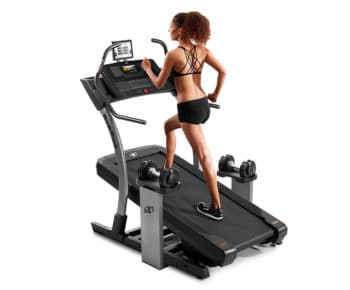
NordicTrack x9i Incline Trainer – Read our complete review here.
NordicTrack X9i Incline Trainer – This machine is designed for walking and features an incline range of -6% to 40%. Your after-dinner walk on your treadmill doesn’t have to be boring. With iFit technology, your walk can turn into a stroll along the beach, an easy hike in the mountains, or any other location around the globe.
BowFlex TreadClimber TC200 – Also designed for walking, the TreadClimber combines a treadmill, elliptical and stair-climber in one. The dual “treadles” are essentially separate treadmill belts for each foot. Plus, they rise and fall with your steps to eliminate impact and deliver a super smooth walk.
A Little Is Good…A Lot Isn’t Better
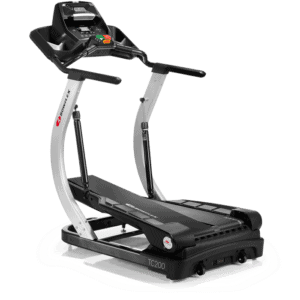
Bowflex Treadclimber TC200 – Read our full review here.
You will have noticed that when it comes to post-dinner exercise we’ve only talked about walking. This is because you do need to keep it light, you can overdo it when you’ve just eaten.
Many of the benefits that we’ve discussed can actually disappear if you do too much. Just like your muscles need energy and blood flow to work, your digestive system needs the same things to digest your food. When you are performing strenuous exercise, more blood flow goes to your muscles which means that your digestion has to slow down.
Sheri Colberg-Ochs, a diabetes and exercise researcher at Old Dominion University, recommends walking or biking. Basically you want to stick to low to moderate intensity exercise.
When you do what you do is also important. To get as many benefits from your walk as possible, you want to be paying attention to the clock. Colberg-Ochs says, “glucose tends to peak within 72 minutes after food intake, so you’d want to get moving well before then.”
Next time you finish you dinner and head for the couch, consider a detour. Grab your shoes and take advantage of all the good a short walk can do!
Sources
Advice to walk after meals is more effective for lowering postprandial glycaemia in type 2 diabetes mellitus than advice that does not specify timing: a randomised crossover study: Andrew N. ReynoldsJim I. MannSheila WilliamsBernard J. Venn; 2016
Three 15-min Bouts of Moderate Postmeal Walking Significantly Improves 24-h Glycemic Control in Older People at Risk for Impaired Glucose Tolerance: Loretta DiPietro, PHD1⇑, Andrei Gribok, PHD2, Michelle S. Stevens, MS2, Larry F. Hamm, PHD1 and William Rumpler, PHD; 2013
Postprandial walking but not consumption of alcoholic digestifs or espresso accelerates gastric emptying in healthy volunteers.: Franke A1, Harder H, Orth AK, Zitzmann S, Singer MV.; 2008
The Case For Taking a Walk After You Eat: Markham Heid; 2018

